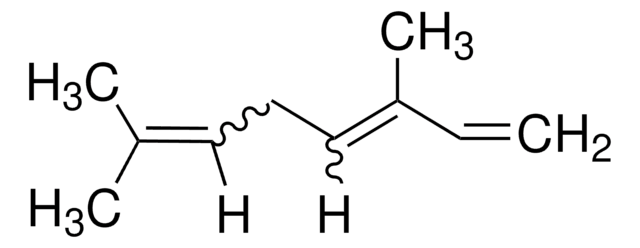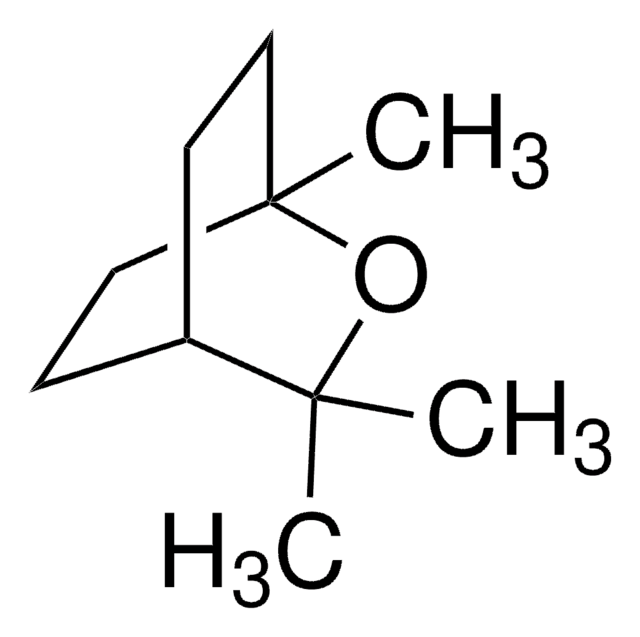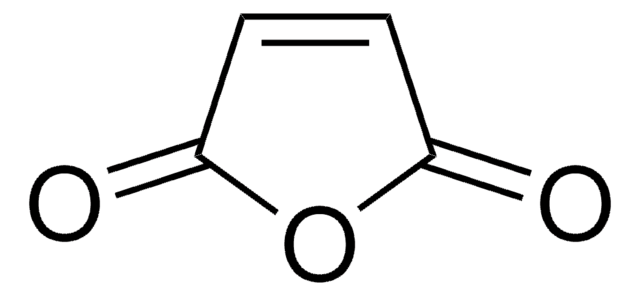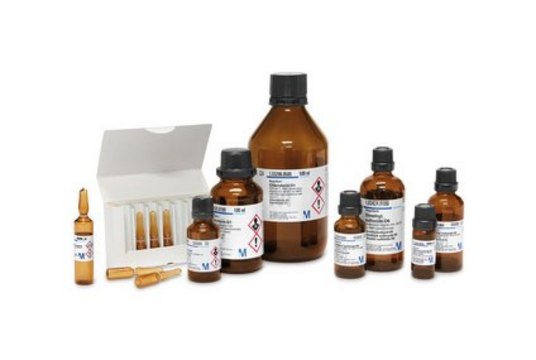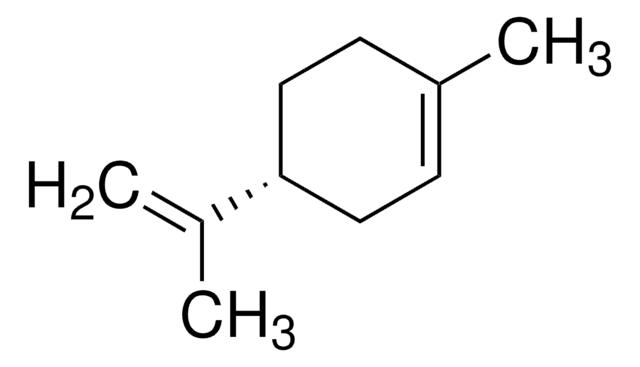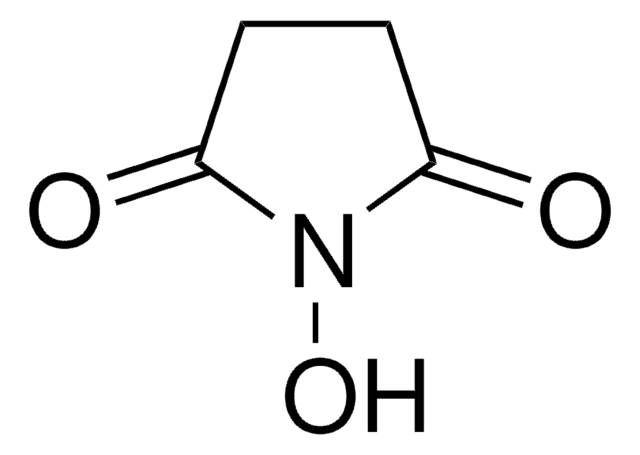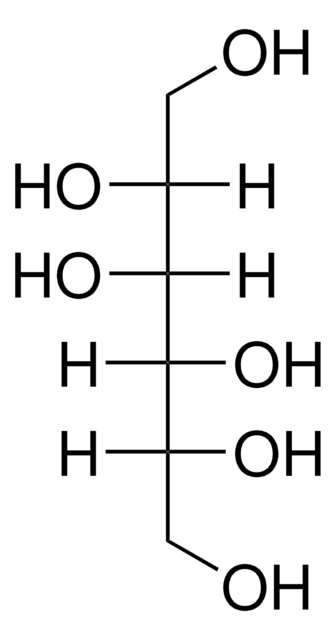74730
Ocimene
analytical standard
Synonym(s):
3,7-Dimethyl-1,3,6-octatrien, 3,7-Dimethyl-1,3,6-octatriene
About This Item
Recommended Products
grade
analytical standard
Assay
≥90% (mixture of cis-ocimene and limonene, GC)
quality
reference standard
composition
limonene, 20-25%
cis-ocimene, 70-75%
refractive index
n20/D 1.485
bp
65-66 °C/13 mmHg
density
0.818 g/mL at 20 °C (lit.)
SMILES string
[H]C(CC([H])=C(C)C=C)=C(C)C
InChI
1S/C10H16/c1-5-10(4)8-6-7-9(2)3/h5,7-8H,1,6H2,2-4H3
InChI key
IHPKGUQCSIINRJ-UHFFFAOYSA-N
Looking for similar products? Visit Product Comparison Guide
Regulatory Information
Choose from one of the most recent versions:
Certificates of Analysis (COA)
Don't see the Right Version?
If you require a particular version, you can look up a specific certificate by the Lot or Batch number.
Already Own This Product?
Find documentation for the products that you have recently purchased in the Document Library.
Our team of scientists has experience in all areas of research including Life Science, Material Science, Chemical Synthesis, Chromatography, Analytical and many others.
Contact Technical Service